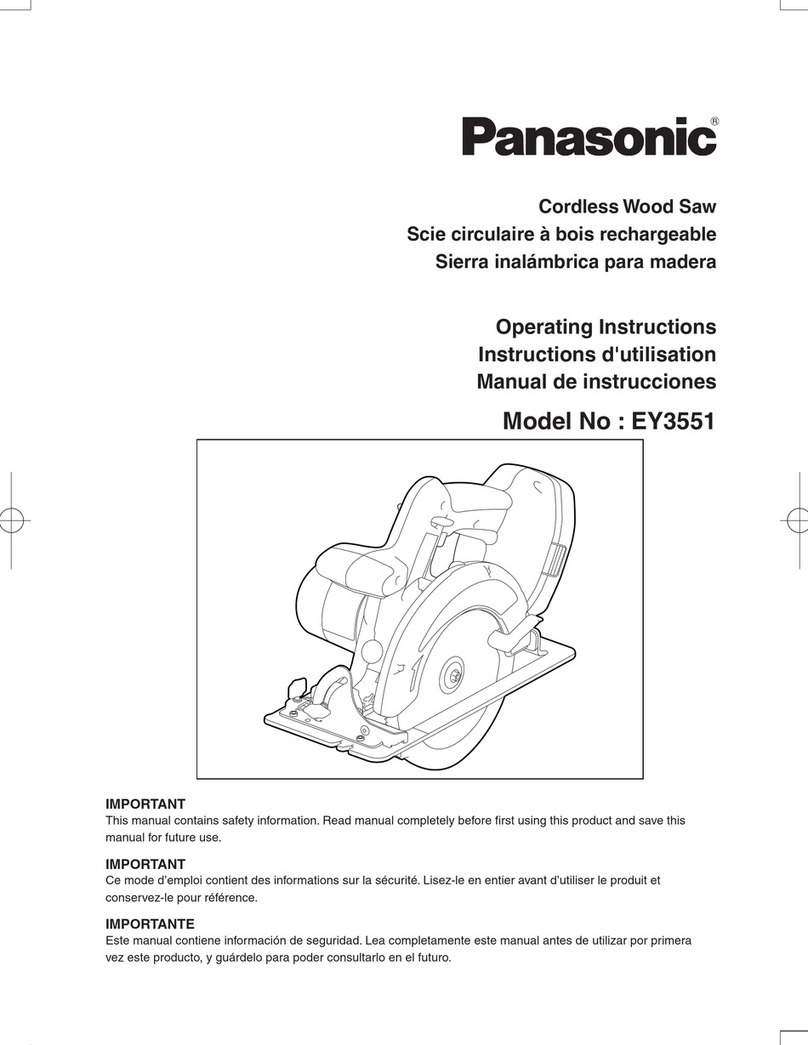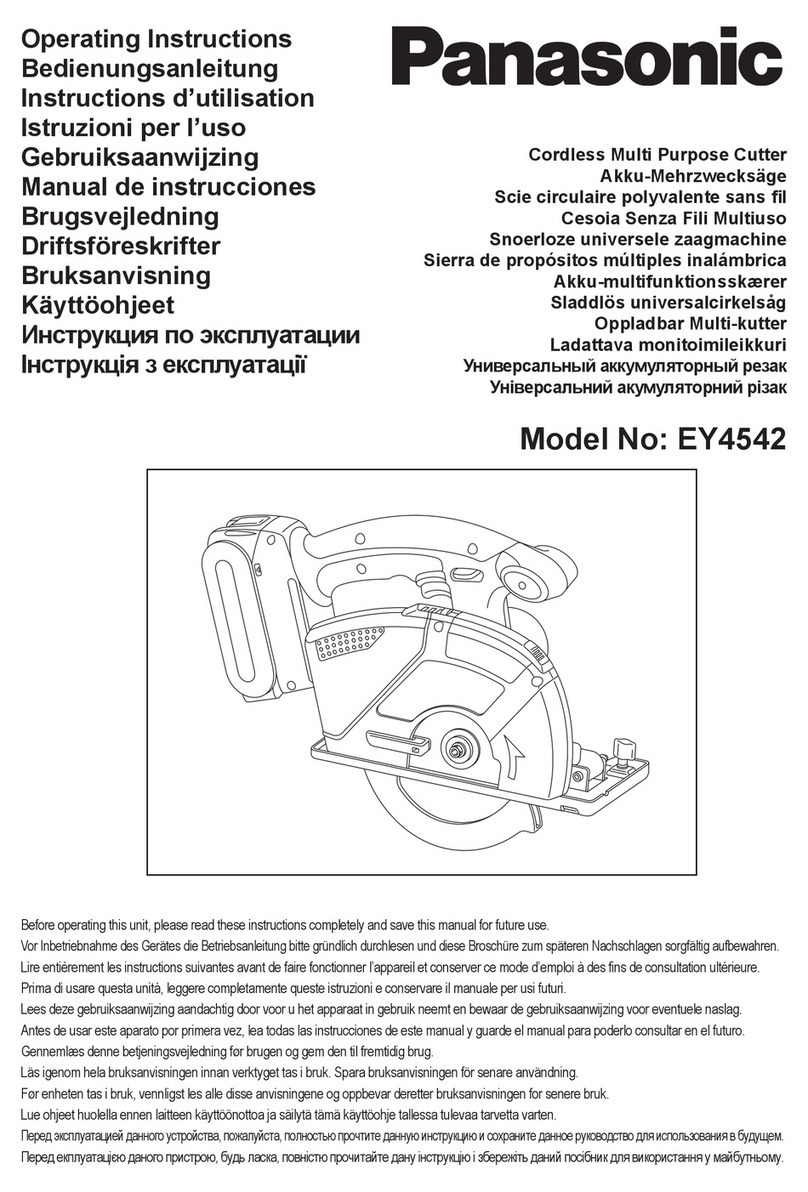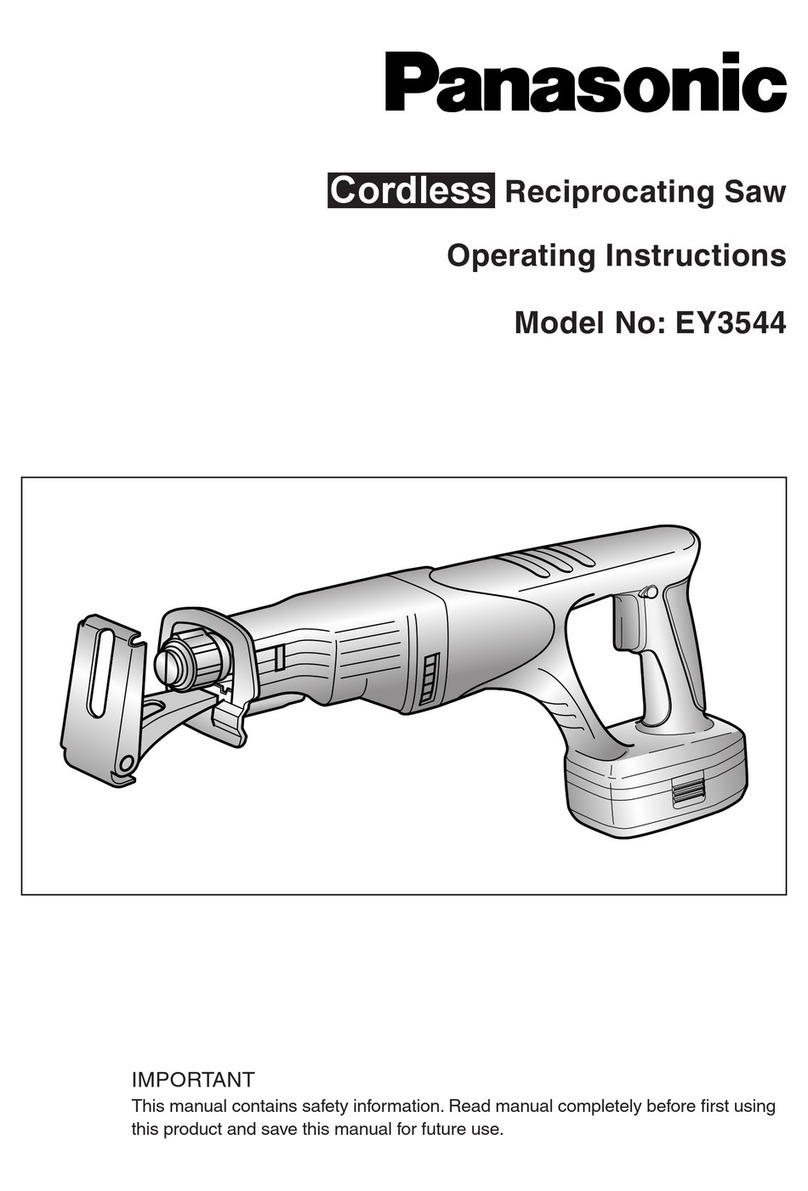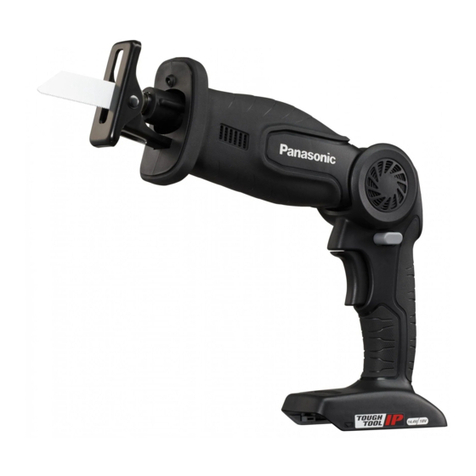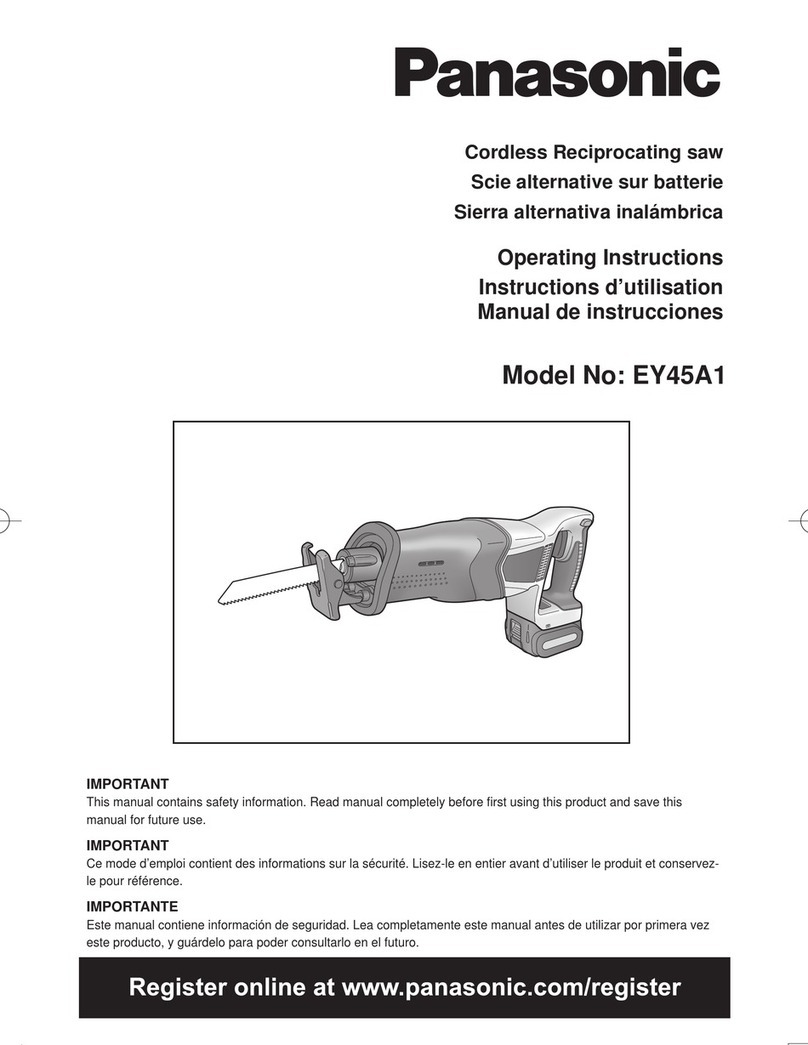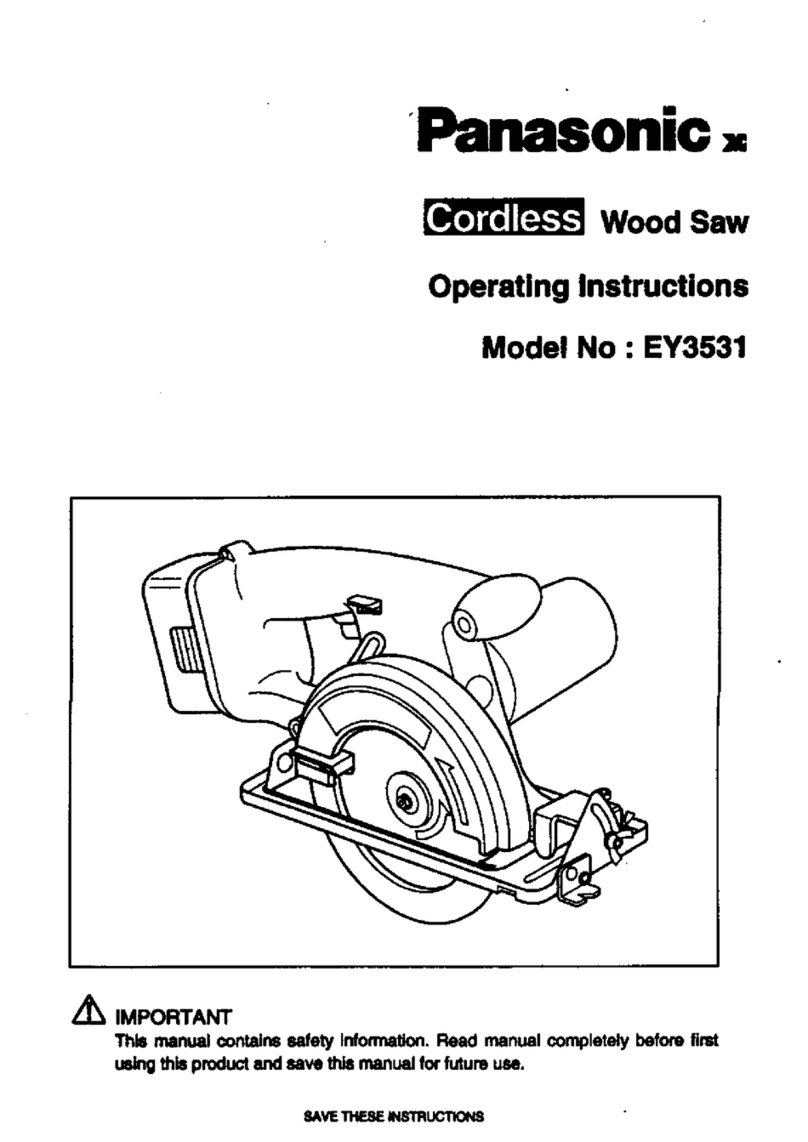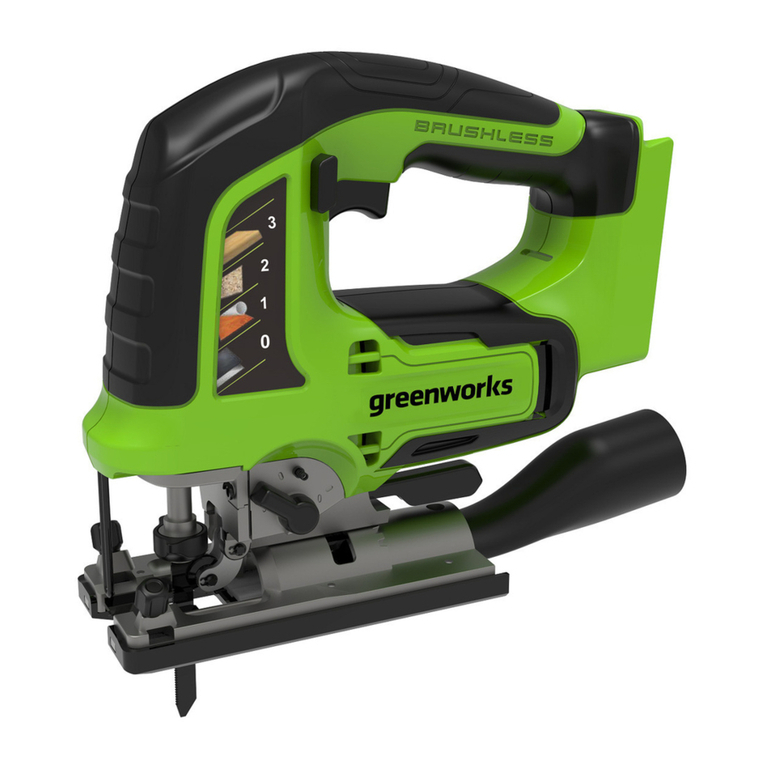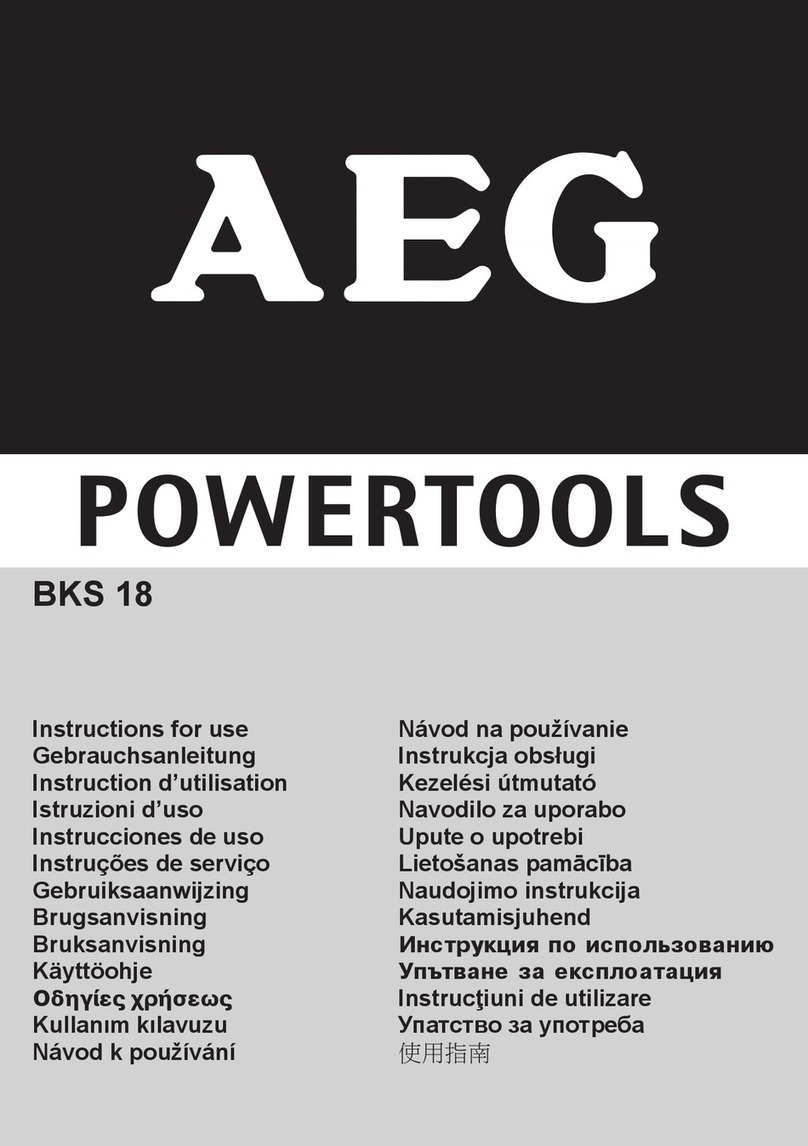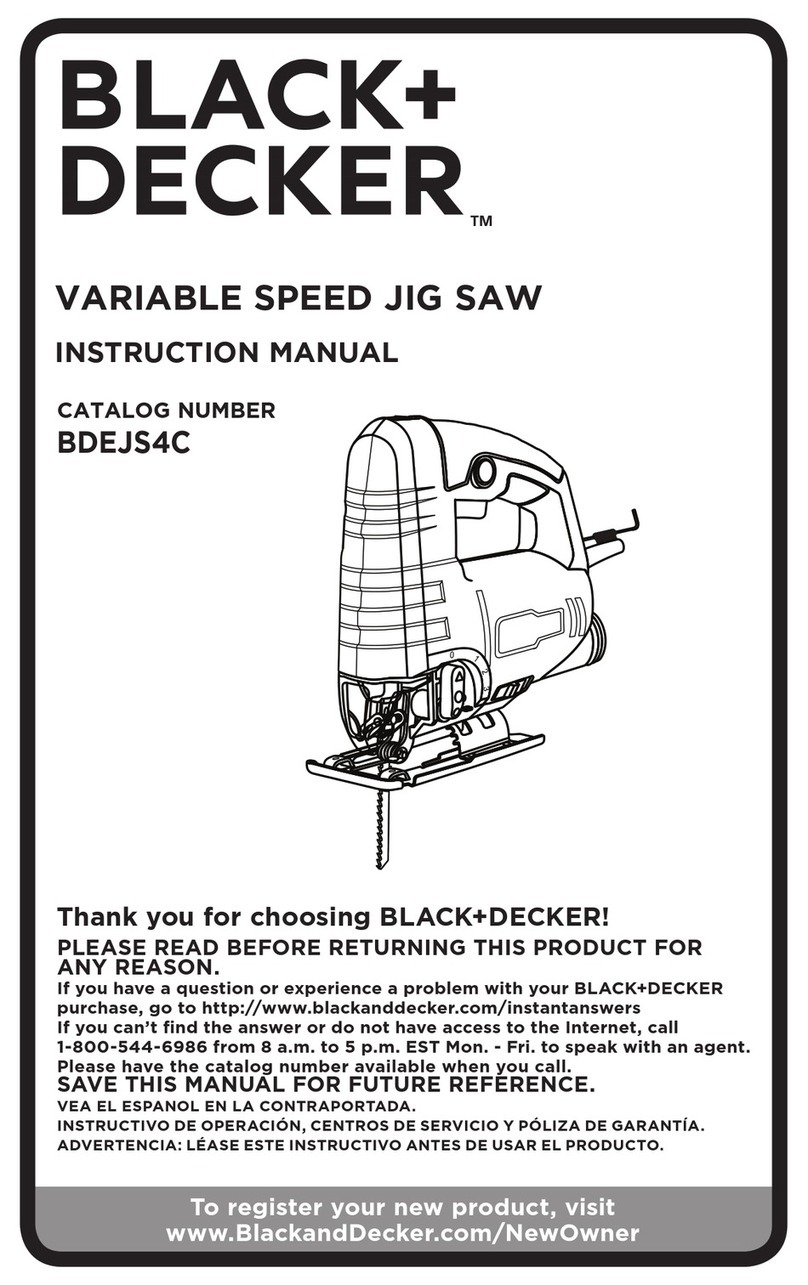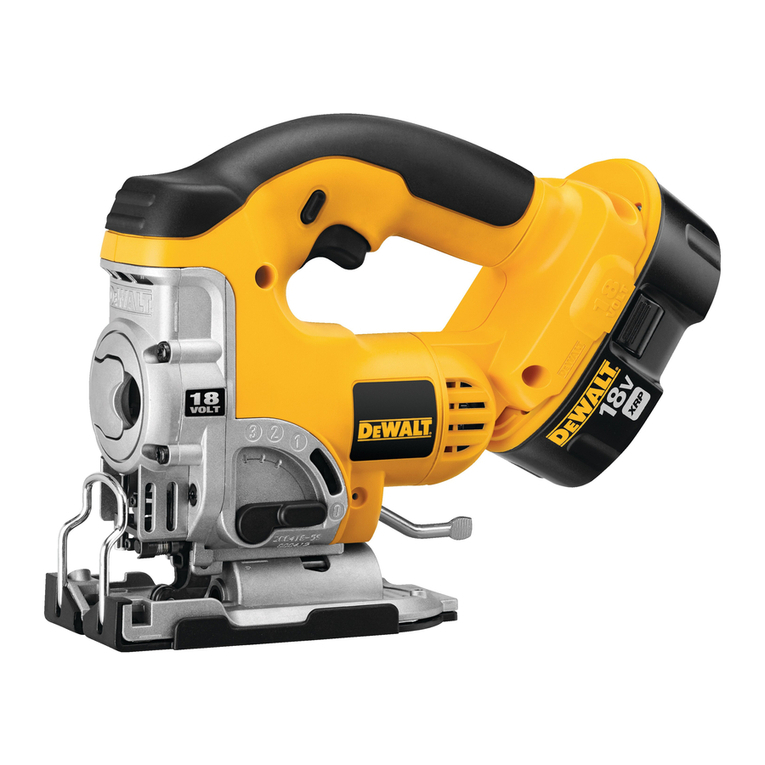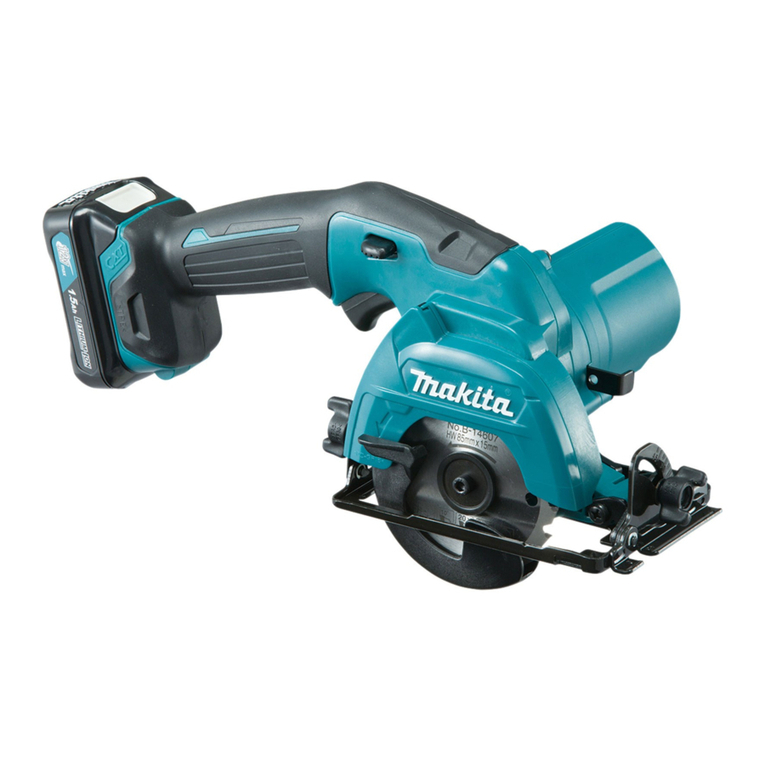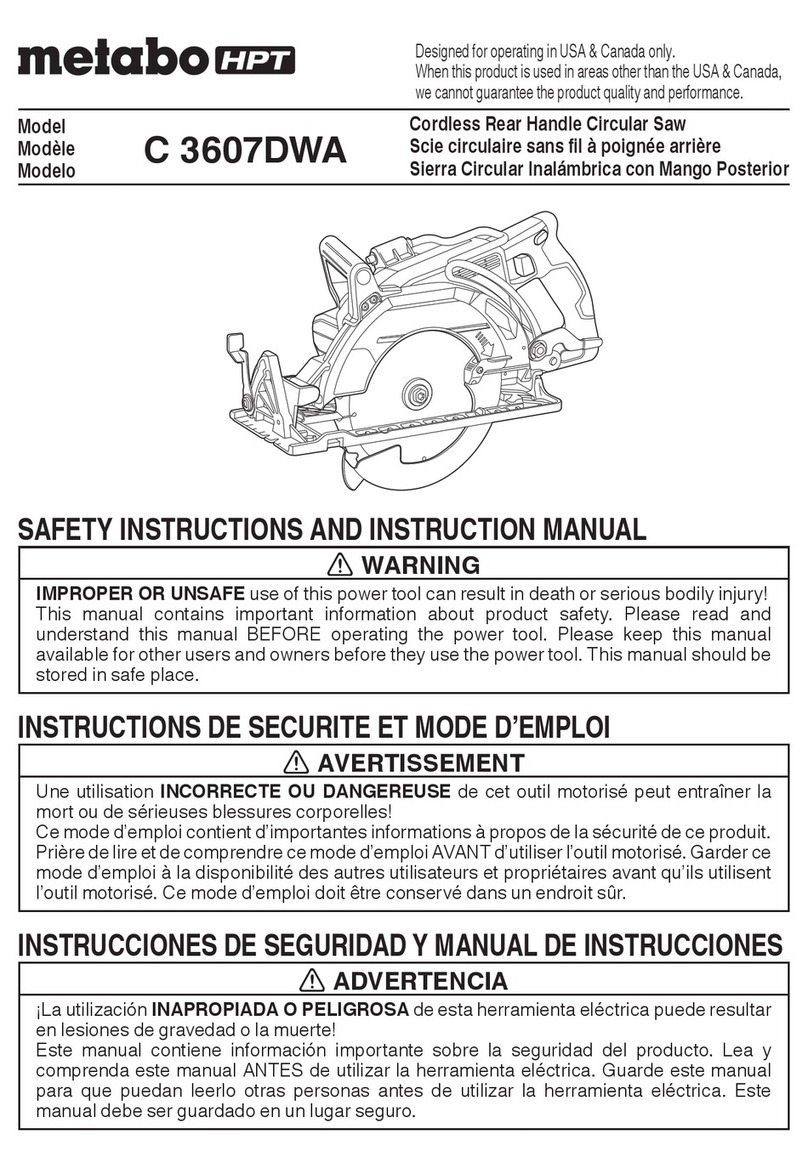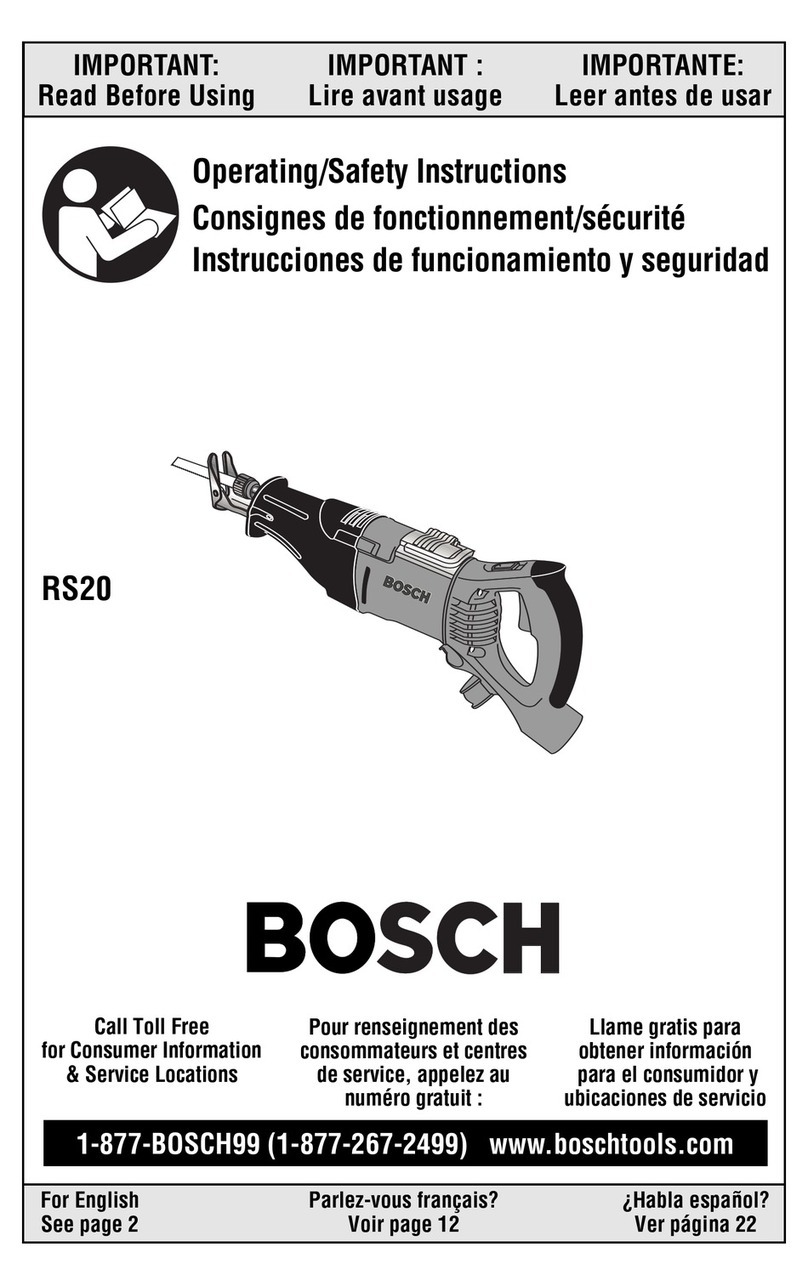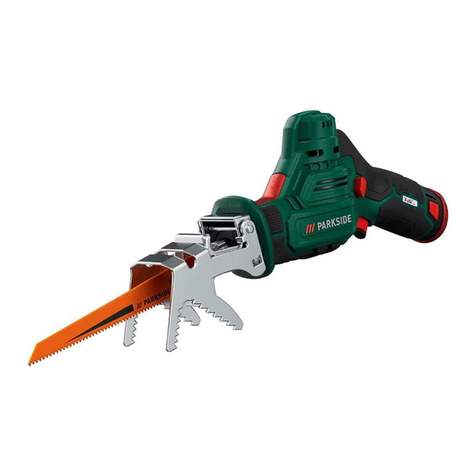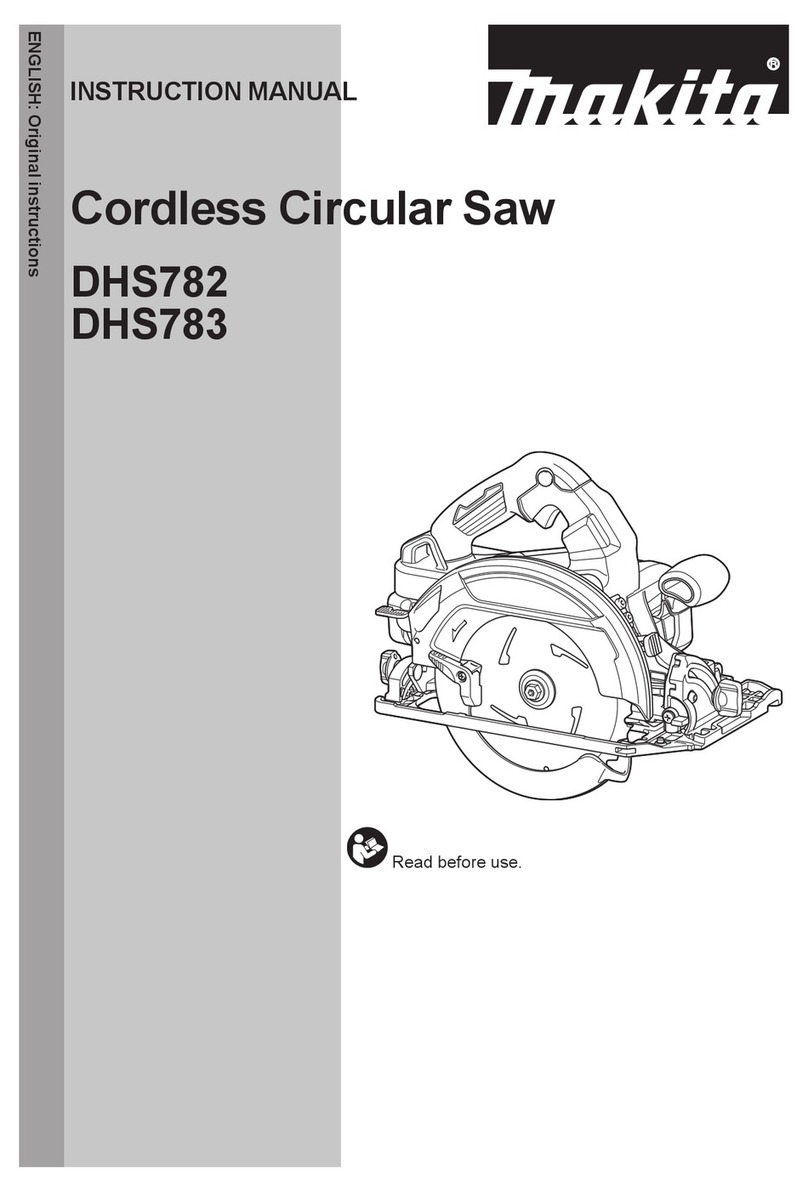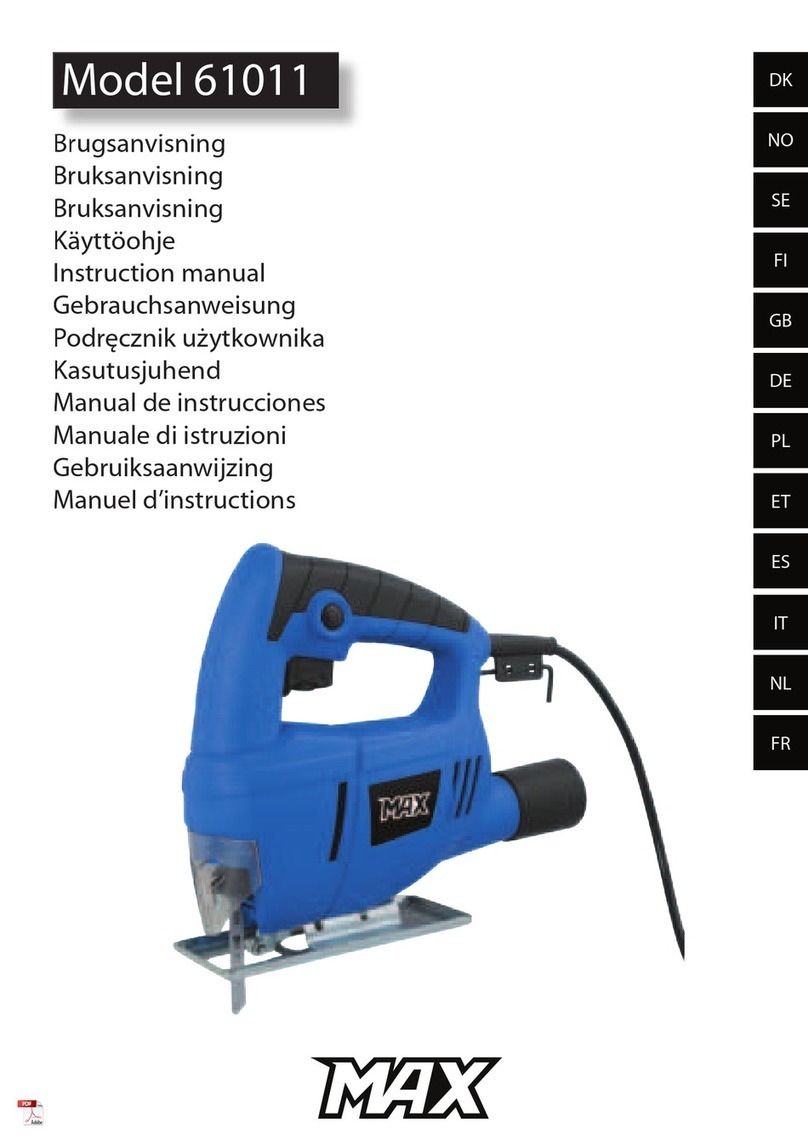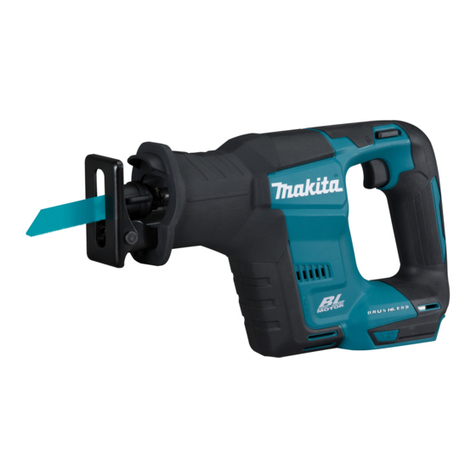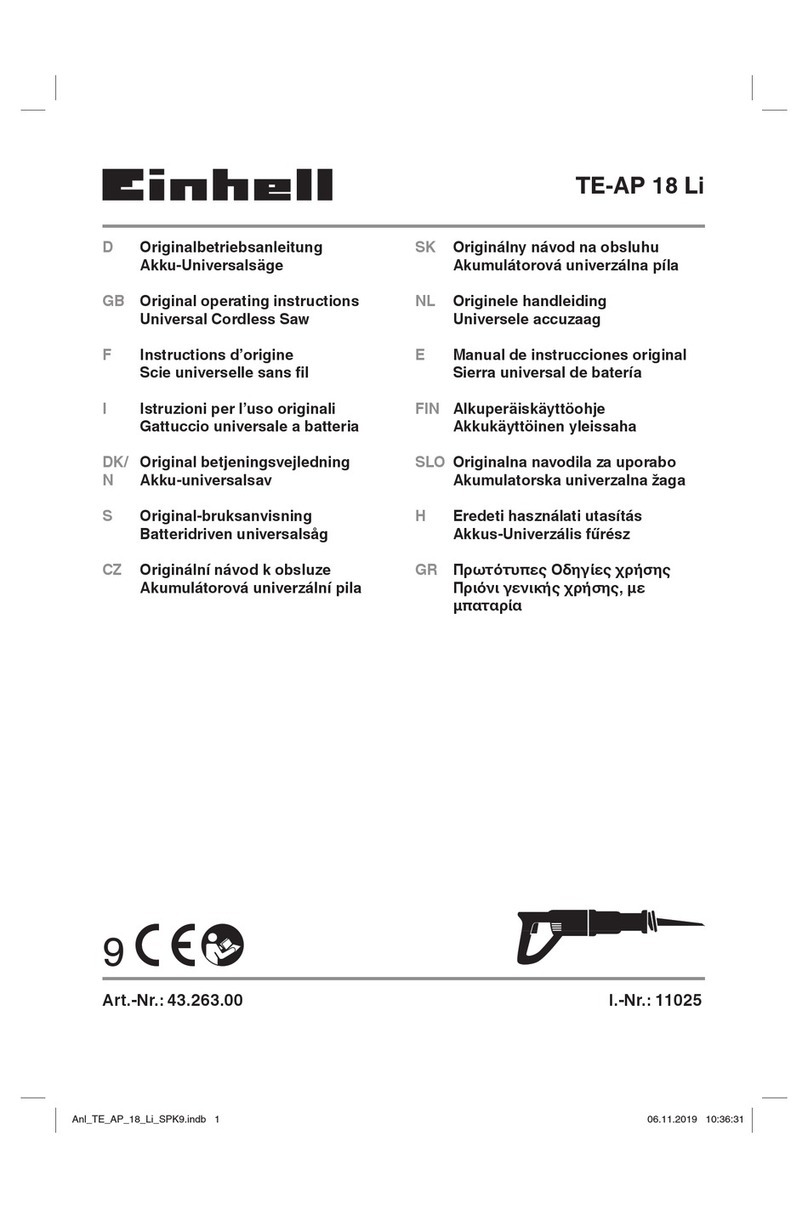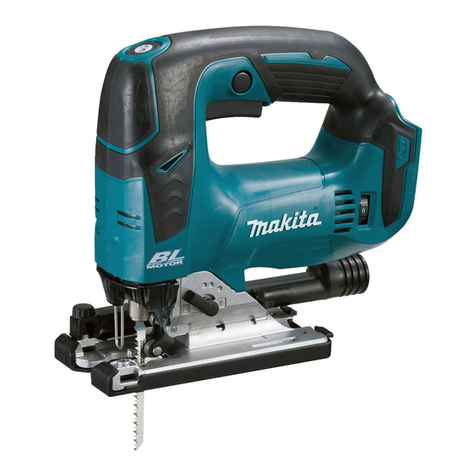
1) - This
manual contains important safety and
operating instructions for battery
charger.
2) Before using battery charger, read all
instructions and cautionary markings
on battery charger, battery pack.
3) - To reduce the risk of injury,
charge only applicable battery pack as
shown in the last page. Other types of
batteries may burst causing personal
injury and damage.
4) Do not expose charger and battery
pack to rain or snow or use in damp
location.
5) Use of an attachment not
recommended may result in a risk of
6) To reduce risk of damaging the electric
plug and cord, pull by plug rather than
cord when disconnecting charger.
7) An extension cord should not be used.
8) If the supply cord is damaged, it must
be replaced by the manufacturer or its
person in order to avoid a hazard.
9) Do not operate charger if it has
received a sharp blow, been dropped,
or otherwise damaged in any way; take
10) To reduce risk of electric shock, unplug
charger from outlet before attempting
any maintenance or cleaning.
11) Make sure cord is located so that it will
not be stepped on, tripped over, or
otherwise subjected to damage or
stress.
12) The charger and battery pack are
Do not attempt to charge any other
cordless tool or battery pack with this
charger. Do not attempt to charge the
battery pack with any other charger.
13) Do not attempt to disassemble the
battery charger and the battery pack
housing.
14) Do not store the tool and battery pack
in locations where the temperature
may reach or exceed 50°C (122°F)
(such as a metal tool shed, or a car in
the summer), which can lead to
deterioration of the storage battery.
15) Do not charge battery pack when the
temperature is BELOW 0°C (32°F) or
ABOVE 40°C (104°F).
16) Do not incinerate the battery pack. It
17) The charger is designed to operate on
standard household electrical power
only. Charge only on the volt age
indicated on the nameplate. Do not
attempt to use it on any other voltage!
18) Do not abuse cord. Never carry
charger by cord or yank it to
disconnect from outlet. Keep cord
away from heat, oil and sharp edges.
19) Charge the battery pack in a well
ventilated place, do not cover the
charger and battery pack with a cloth,
etc., while charging.
20) Do not short the battery pack. A battery
over heating and burns.
21) If the supply cord of this
appliance is damaged, it must only be
replaced by a repair shop appointed by
the manufacturer, because special
purpose tools are required.
22) This appliance can be used by children
aged from 8 years and above and
persons with reduced physical,
sensory or mental capabilities, or lack
of experience and knowledge if they
have been given supervision or
instruction concerning use of the
appliance in a safe way and
understand the hazards involved.
23) Children shall not play with the
appliance. Cleaning and user
maintenance shall not be made by
children without supervision.
– 7 –
EN


